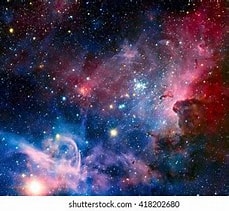In olden days, the oceans were the vast unknowns. But gradually, we have come to realize that all the oceans are really just one large Sea with which we are becoming more and more familiar. So, in our never-ending quest to know the unknown, we have also turned our attentions to the sky. Since the 1890’s we have studied, and we have learned. Science tells us many things about the vast unknown in which we float.
If, like many others, you take your morning news with a dose of skepticism, you probably ask yourself how they know. How do they know the distances to the stars?
It’s a good question since no one has invented a tape measure to reach that far.
The answer is that we know because of careful and painstaking observations over a 28-year period beginning in 1890 by a woman, a computer at Harvard, named Henrietta Leavitt. Henrietta studied the variance of brightness of Variable Stars. The cycle was faster for the dimmer stars and slower for the brighter ones, and consistently so. Once we had a handle on the brightness of the stars, Edwin Hubble began to calculate their distances.
Henrietta Leavitt made 30 cents an hour for her work, and Edwin Hubble never received the Nobel Prize, because astronomy was not a recognized discipline in physics at the time.
Careful observation and calculation! Those are the tools by which The Vast Unknown will reveal itself.


Recent Comments